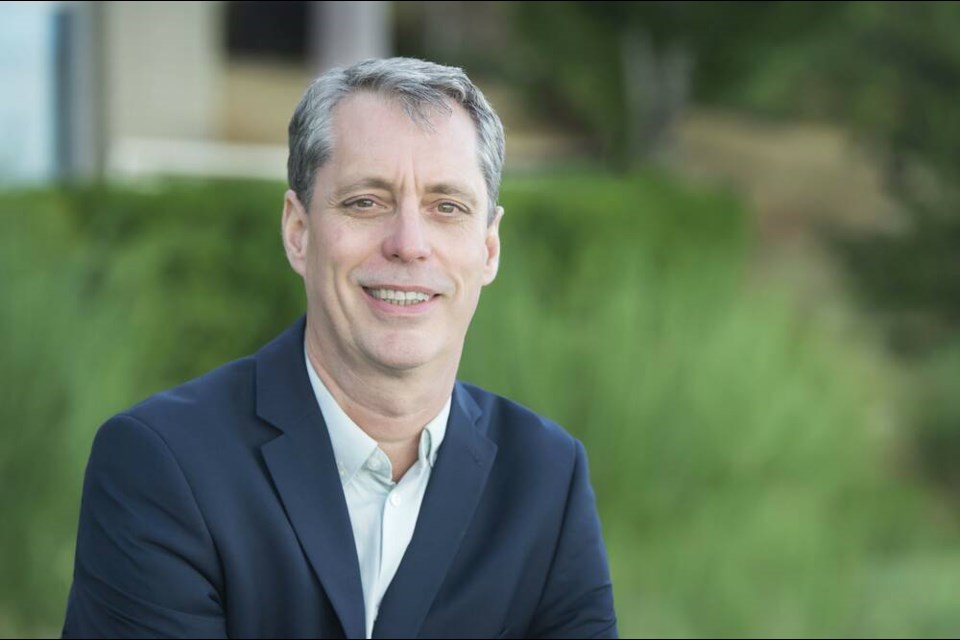Paul Manly
Website: www.paulmanly.ca
Facebook: https://www.facebook.com/VoteforPaulManly
Instagram: @paulmanly
Are you associated with or running as part of a slate? If so, which one?
No
Do you live in the municipality where you are running, and if so, for how long? If not, what is your connection to that community?
Yes, I have lived in the City of Nanaimo for 21 years. My family has lived in the Mid Island region since the 1940’s and Nanaimo has always been home base.
What is your occupation, and for how long?
I am the Executive Director of the Nanaimo Unitarian Fellowship since March 2022. I also own and operate a communications company, Manly Media Ltd. We produce documentaries and educational films, and provide communication services to the non-profit sector.
Tell us about your previous elected and/or community experience.
I served as Member of Parliament for Nanaimo-Ladysmith for 2.5 years, after being elected in two campaigns: the May 2019 by-election and the Sept. 2019 general election. For eleven years, from 2007 to 2019, I was an elected board member of the Mid Island Co-op. I served on the Pacific Gardens Cohousing Community board during its development. I’m a member and volunteer with the Rotary Club of Nanaimo. As a media producer, I have volunteered and worked with a long list of community organizations, helping them educate and communicate with the public.
Why are you running? What’s your motivation?
I care about the Nanaimo community, the people and the local environment. We’re facing serious challenges that all levels of government need to work together on. Affordability, homelessness, public safety, growing inequality, disruptions and natural disasters caused by climate change, and a need for stronger environmental protections. I have the knowledge, skills and experience to work on these issues at the local government level. I’m ready to roll up my sleeves and get to work. To ensure that we maintain a good quality of life, protect the vulnerable, build community resilience, and continue to develop a strong local economy.
What are your top three issues?
First, the intertwined challenges of affordability, homelessness and public safety. House prices and rents have skyrocketed. More and more people are struggling to meet their most basic needs. Homelessness is increasing and public safety is diminishing. We do not have enough low income housing, supportive housing and mental health services to meet the needs of our community. Second, managing growth and building community resilience. That means increasing urban density and improving infrastructure. It also means developing greater self-sufficiency, and preparing for a changing climate. Third, creating the right conditions for small and medium sized businesses to thrive in Nanaimo.
What’s your vision for your community in 25 years?
In 25 years, Nanaimo will have vibrant, walkable, safe neighborhoods that combine residential, commerce, education, culture and recreation. We will have affordable places for service workers, seniors and young families to live. We will have efficient public transit. We will have a robust local economy that is less dependent on global supply chains. We will have local food security with increased food production. We will have an energy efficient community with distributed energy production to meet local needs. There will be more protected areas, particularly in the Nanaimo River watershed and other ecologically sensitive areas. We will have an emergency response system to deal with wildfires, flash floods, wind storms and other climate disruptions. We will have a community where no one is left behind.
What’s one “big idea” you have for your community?
My big idea is to create a resilient community. It’s a community that respects and works closely with local First Nations. It’s an affordable community. It’s a community that supports small and medium enterprises. It’s a strong local economy that is less dependent on global supply chains. It’s a community that produces much of its own food. It’s a community that is energy efficient and produces power in a distributed system. It’s a community with a robust emergency response system to deal with the ravages of climate disruption - fires, floods, and storms. It’s a community that takes care of its most vulnerable citizens. It’s a community that includes opportunities for recreation, arts and cultural experiences. It’s a community with green space and environmentally protected areas.



